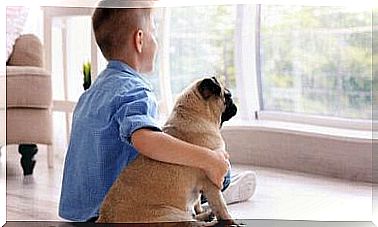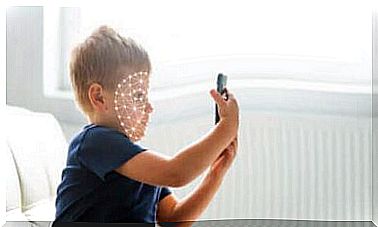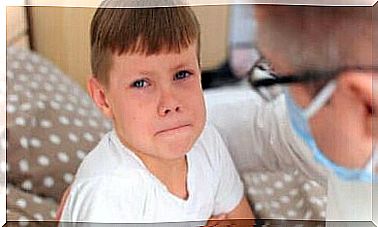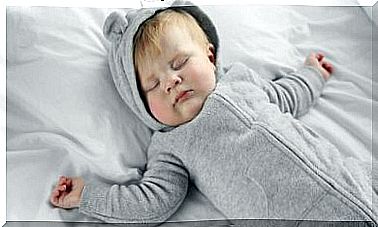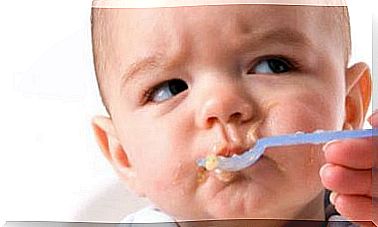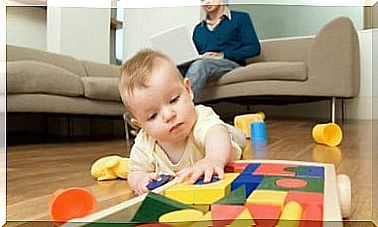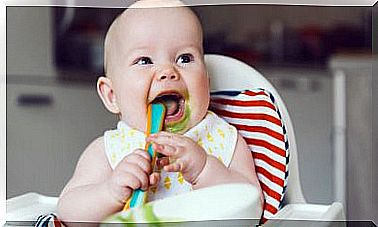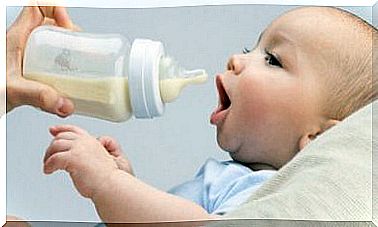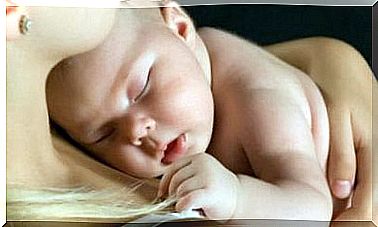Friedrich Fröbel And The History Of The Preschool
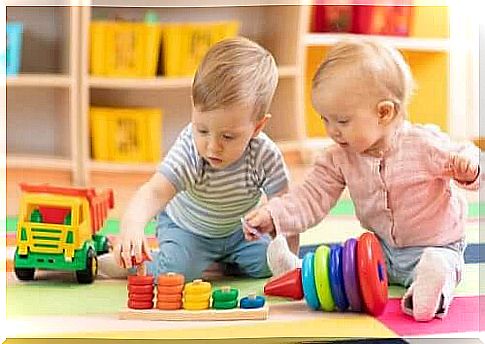
Nowadays, preschools are of utmost importance to meet the specific educational needs of young children. In this article, we tell how the educator Friedrich Fröbel played a central role in the history of preschool.
Friedrich Fröbel, born April 21, 1782 in Germany, was a trained educator who coined the term preschool, or Kindergarten as he called it. Fröbel developed a pedagogical program based on the need to reach preschool children through play for educational purposes.
Many believe that Fröbel is the founder of education for young children. He was responsible for thinking through and organizing children’s education during this early phase of life, and he did so according to specific criteria, methods, resources, and teaching materials.
Friedrich Fröbel and the history of the preschool
Preschool emerged as an alternative to traditional childcare. It was a way to change attitudes towards institutions with a closed architecture – places in which the children did not have direct contact with their natural environment.
In addition to this, Fröbel also changed the established ideas about the family structure, and also parenthood and upbringing in the home. According to him, the education that a child receives at home should be strengthened by a professional public education in a building set aside for the purpose.
Fröbel was a disciple of Pestalozzi. He believed that it was a mother’s responsibility to provide most of the child’s education in the family home. But Fröbel argued for an education that then continued outside the home.

Fröbel was not happy with the idea that women should be responsible for education at home, as Pestalozzi thought. He argued instead that there should also be a public institution responsible for educating children of preschool age.
By limiting preschool education to three or four hours a day, he said, it would complement, and not replace, the family.
In 1837 he opened his first preschool. Three years later he called it a “Kindergarten,” meaning “kindergarten.” He probably chose the name because the place they used had a garden with plants, and the teacher also worked as a gardener.
Fröbel’s pedagogical ideas have since spread throughout Europe and the rest of the world, and his ideas are widely used even today.
The goal of preschools
The main goal of the preschools was to offer a natural and inclusive education. It would take place in a room that was organized, but at the same time open, dynamic and flexible. A classroom where children could grow and develop quickly.
Fröbel’s pedagogical methods aimed to raise children’s awareness of the diversity in everything around them. They did this through songs, games and toys, expressive body movements and even collaboration with others.
He thought that one should approach a child’s nature and not limit it, and always prioritize children’s spontaneity. Thus, Fröbel tried to give the children a complete education by concentrating on all aspects of their development:
- Activities. Achieve their potential through action and play, and thus teach them to connect with the world.
- Sensory development . Promote their perception and development of their sensory organs through their contact with the outside world, other people and the objects that surround them.
- Cognitive development. The result of contact with the environment and with other children and adults.
What children learn in preschool
To achieve the children’s educational goals, Fröbel developed a methodology based on the use of simple materials. He thus created what he called “gifts” and “occupations.”
These were solid objects based on geometric divr (cubes, cylinders and spheres), with a growing complexity. The children would use these objects as educational materials to play with and carry out various activities.
Fröbel’s intention was that children through these materials would acquire manual skills and use their senses. At the same time, they would learn about shapes, colors, movements, materials and word associations.
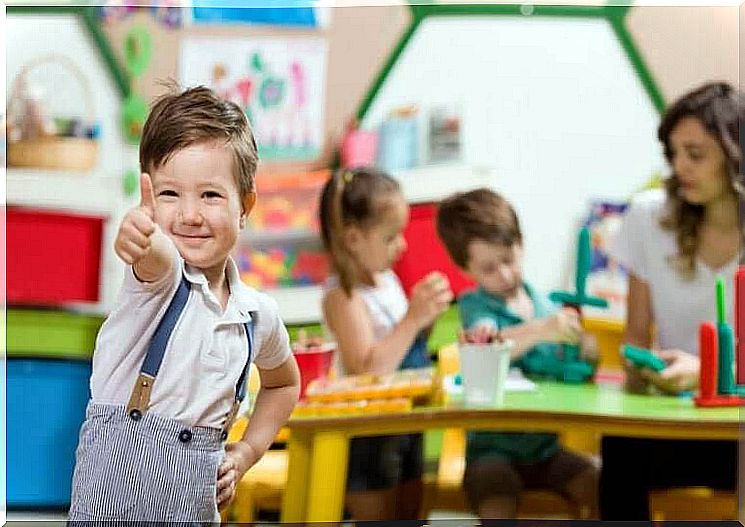
The “gifts” introduced the following concepts:
- Color: Six yarn balls in all colors of the rainbow.
- Shape: A ball, a cylinder and even a wooden cube.
- Quantity: A composite cube with eight smaller cubes.
- Extension: A composite cube with eight parallelepipeds.
- Symmetry: A composite cube with 27 cubes.
- Proportion: A detachable cube with 27 small parallelepipeds.
- Surface: Wooden slats, whole squares and half squares in different colors.
- Lines and contours: Sticks in different lengths, complete metal circles, semicircles and even squares, all in different colors.
- Points : Pebbles, lentils, peas, pieces of cardboard.
- Reconstruction: Sticks and plasticine balls to create divr.
Final considerations about the history of the preschool
In addition to games and the work with the “gifts”, Fröbel also used two other activities for his educational purposes. These were games that were “kinetic” and that were about “gardening”.
These kinetic games consisted of competitions, dances and physical exercises that allowed the children to express themselves through movement. The garden activities also gave the children the opportunity to experience how a plant grows, from the time it is planted until it finally blooms. The children also needed to learn to take care of them in order to reach their full potential. In this way, Fröbel tried to give the children a close relationship with nature through gardening.
